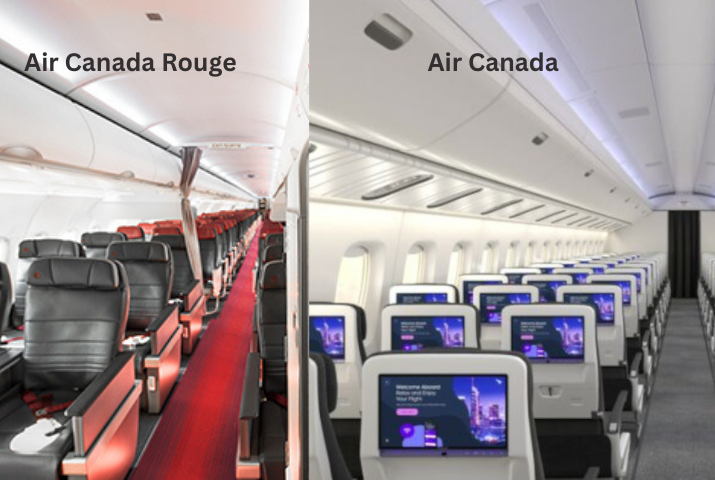
- Travel
- 31 Jan, 2025
What Is the Difference Between Air Canada Rouge and Air Canada?
Air Canada is the largest airline in Canada in terms of size and passengers carried. It offers flights to more than 200 destinations worldwide and is a founding member of Star Alliance. The major hubs of Air Canada are Toronto Pearson International Airport (YYZ), Montreal—Trudeau International Airport (YUL), and Vancouver International Airport (YVR). Air Canada Rouge is the subsidiary Airline of Air Canada, which is separately registered and operates low-cost flights for leisure travelers. Still, the flights are entirely integrated into the Air Canada and Air Canada Express network. Usually, the separate tickets can be lower priced. However, the Air Canada Rouge has more densely packed seats, fewer legroom, and fewer onboard services.
Air Canada manages several subsidiary Airlines, including Air Canada Cargo, Air Canada Rouge, and more. As Air Canada is an affiliate member of Star Alliance, Air Canada Rouge is also an affiliate member, allowing travelers to earn miles that can be used to access the Maple Leaf lounges if eligible. Currently, the integrated airline operates flights to specific routes within Canada, the U.S., Central America, and the Caribbean, although Air Canada also operates flights on several routes. However, Air Canada Rouge was previously operating flights on the route to Europe but dropped it when they retried its Boeing 767 Aircraft. In contrast, there is talk of resuming flights on European routes, but it has not happened yet.
If you are looking to understand the significant difference between Air Canada and Air Canada Rouge, it is highly recommended that you check the information mentioned below. Here, you will discover detailed information about the key differences between parent and subsidiary Airlines.
Key Difference - Air Canada V/s Air Canada Rouge:
1. Amenities:
Air Canada is the most preferred Airline for long/short haul routes as it provides plenty of amenities in all three classes, including Business/Signature, Premium Economy, and Economy. All aircraft seats feature AVOD, and Aeroplan members can use the onboard Wi-Fi service. Flights within North America, Mexico, and the Caribbean are Wi-Fi-equipped. On the other hand, Air Canada Rouge aircraft have 16 more seats than the regular Air Canada Airbus A319, among which four rows are reserved for Rouge Plus and Premium travelers. To enhance the passenger's trip, Airline provides a wireless streaming entertainment system known as a player that can be easily accessible on traveler's devices such as Apple iOS, Android devices, and laptops. Air Canada Rouge aircraft provide Wi-Fi service through Intelsat, whereas Air Canada travelers enjoy complimentary Wi-Fi.
2. Airline Destinations:
Air Canada is on top, serving flights to 64 domestic destinations and 158 international destinations across Asia, Africa, America, Europe, and Oceania. Besides that, the airline also operates carrier services for almost 222 destinations within 47 countries and six continents worldwide. However, Air Canada Rouge serves limited destinations only, which include the Caribbean, Central America, Mexico, and the United States; several former routes to Europe and South America were canceled once they decided to retire the Boeing 767-300 ERs.
3. Airline Network:
Air Canada and Air Canada Rouge are ultimately separate Airlines that operate flights to several destinations with unique identities and diverse flight schedules. However, the popular Air Canada offers flights to some destinations worldwide, whereas the Air Canada Rouge serves flights to leisure destinations. Being a Star Alliance member, Air Canada lets passengers earn miles on every flight ticket purchase to redeem earned points and grab discounts on the following domestic and international flights. Therefore, Air Canada Rouge is a subsidiary codeshare partner Airline. Their passengers also get a chance to earn miles whenever they book flight tickets directly through them either on the website/ App.
4. Airline Fleet:
Currently, Air Canada's fleet consists of 202 mainline passenger aircraft, a mix of Airbus and Boeing Narrow-body and wide-body jets. In addition, Air Canada's various other brands operate Boeing 767-300F and Airbus A320. On the other hand, Air Canada Rouge operates all Airbus fleets, including Aibus A319-100, A320-200, A321-200, and Boeing 737 Max 8. The former aircraft used en route to Europe was Boeing 767-300 ER.
5. Onboard Experiences:
Air Canada Rouge and Canada's onboard services are similar. In their premium classes, passengers can check two bags and have a complete meal; otherwise, they can purchase onboard food and other mainline services in Standard Economy class.
Conclusion:
Before booking the itinerary, if you are confused about which Airline you prefer, Air Canada or Air Canada Rouge, this comprehensive guide will help you discover the suitable Airline based on the choice of services, onboard amenities, fleet, destination, and networks. However, Air Canada Rouge is a low-fare Airline with less leg space than Air Canada.
.jpg)
Manage Your Flair Airlines Booking
Read more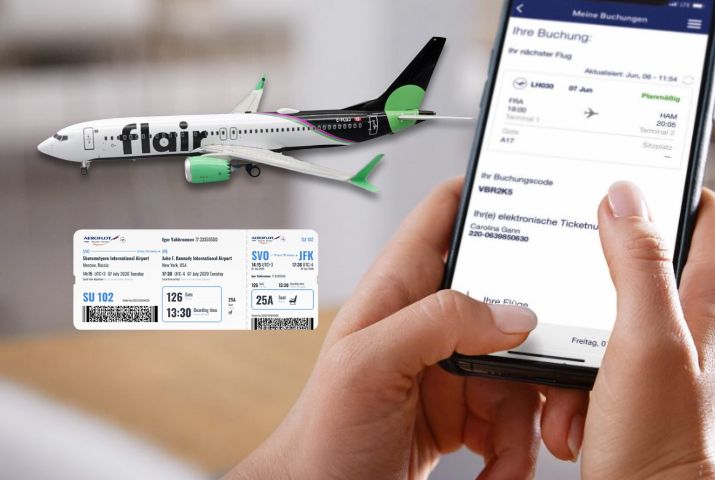
Flair Airlines Cancellation Policy
Read more.jpg)
How to Select a Seat on Flair Airlines
Read more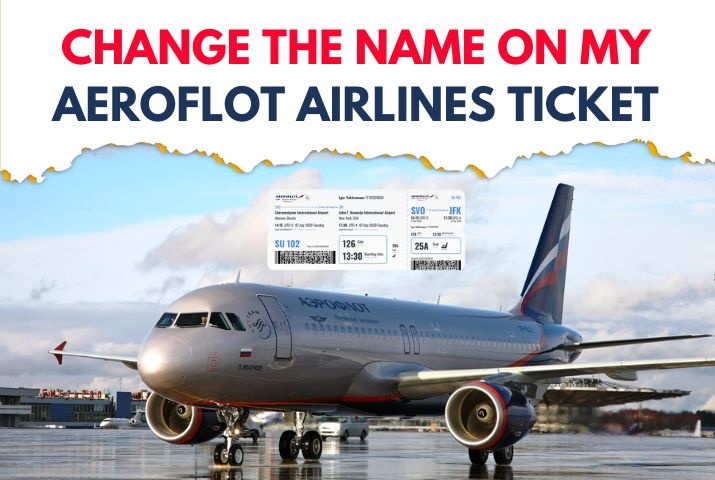
Change The Name on My Aeroflot Airlines Ticket
Read more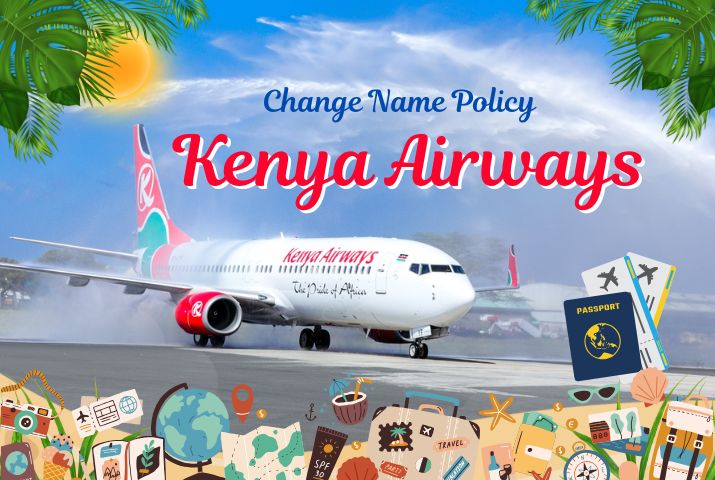
Kenya Airways Change Name Policy
Read more
Change The Date On Your kenya Airlines Ticket
Read more
Aeroflot Airlines Manage My Booking
Read more
Cancellation Policy For Philippine Airlines
Read more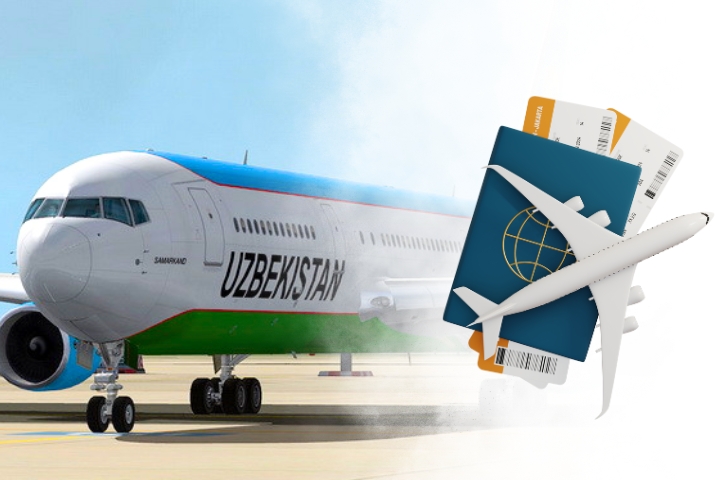
Uzbekistan Airways Change The Ticket Date
Read more
Aeroflot Airlines Cancellation Policy
Read more
How Do I Upgrade My Ticket to Volaris Airlines?
Read more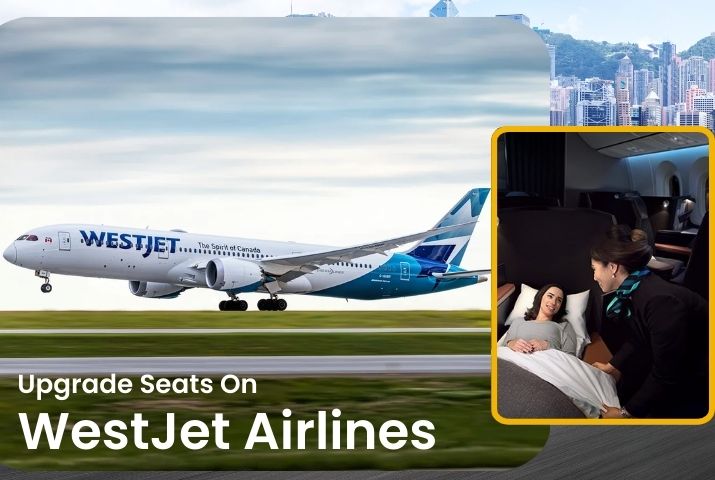
Upgrade Seats On WestJet Airlines
Read more
Change Seats WestJet Airlines Online
Read more
Virgin Atlantic Airlines Name Change Policy
Read more
Uzbekistan Airways Flight Cancellation Policy
Read moreFor quick response,
please call us @ +1-888-652-9044



 +1-888-652-9044
+1-888-652-9044